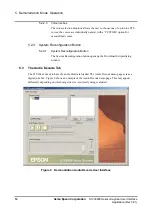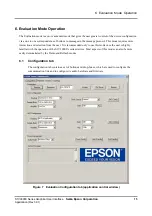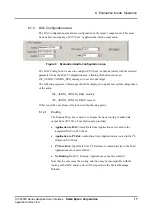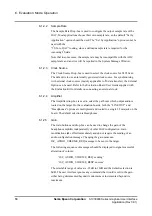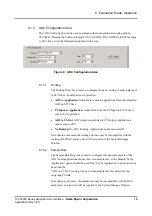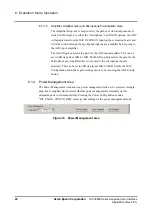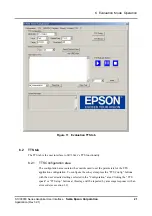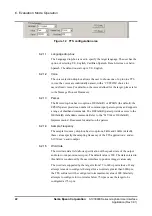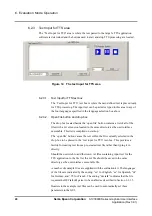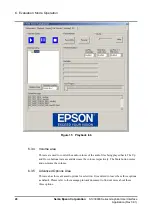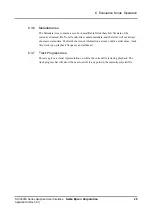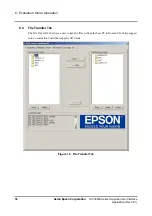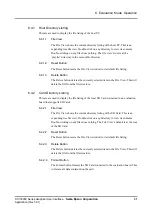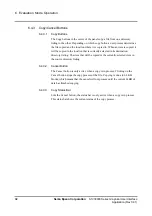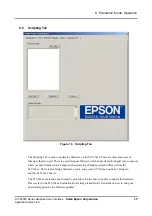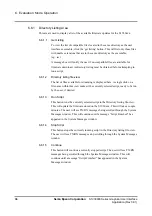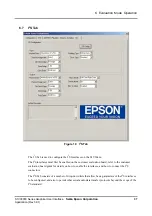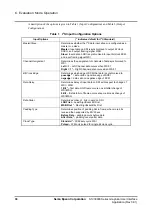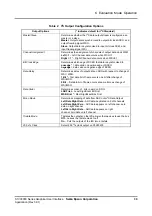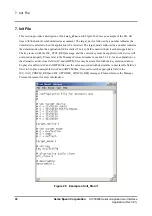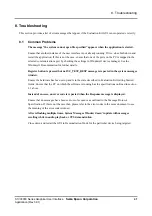
6. Evaluation Mode Operation
26
Seiko Epson Corporation
S1V30000 Series Graphical User Interface
Application (Rev 3.01)
Success is indicated by the display of ‘ISC_TTS_STOP_RESP: success’ in the
System Messages text-box. If other messages are displayed please refer to the
trouble-shooting guide.
The target’s TTS firmware will now require reconfiguration before it is ready to
speak again.
6.3
Playback – Stream tab
The playback – stream tab is used to playback audio and text files that are both stored locally in
ROM or on an SD Card, or streamed over a USB/Serial link from a host PC. See Figure 15.
6.3.1
Playback options area
This area is used to control the playback of files from S1V30xxx’s internal/external
memory.
6.3.1.1 Play
button
Clicking this button begins streaming or playback from the host PC or the
devices internal/external memory. If the file has an audio extension like “.mp3”,
“.mp4”, “.aac” or “.mid” then the file contents are decoded by S1V30xxx’s
audio decoder and output as audio. If, however, the file is a text file, it is
processed by the target’s TTS engine and the audio output is synthetic speech.
This button serves as an alternative to the double-clicking of an entry within the
file view described in section 6.3.2.2 below.
6.3.1.2 Pause
button
This button allows streaming or playback of audio files to be paused at any time.
To unpause the paused process, this button should be clicked again.
Alternatively playback may be continued when in the paused state by clicking
the play button.
It is also possible to begin playback of any other file while in this paused state
using any of the previously described methods (see section 6.3.1.1). In this case,
the currently active process will be stopped and it will no longer be possible to
resume it from its paused state.
6.3.1.3 Stop
button
The stop button may be clicked during playback of any audio file to cause that
process to end.

